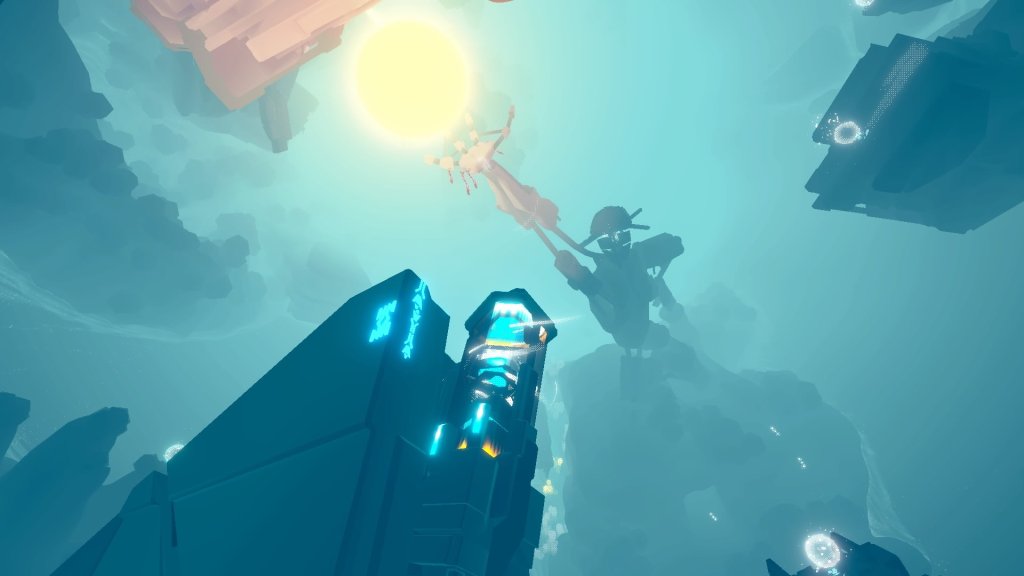It’s a rare pleasure when a title comes out of nowhere and blows me away. Here we are, only two weeks into 2018, and I’m pleased to say that I’ve played the best new game of the year so far. Relative newcomers, PolyKnight Games, have just released their freshman outing on consoles, the open-world adventure InnerSpace. Yet somehow, despite…
-
Amazing art direction
-
Interesting hubs worth exploring
-
Always something new to discover
-
A vibrantly well-realized world
-
The control scheme takes some getting used to
-
Narrative doesn't seem necessary





